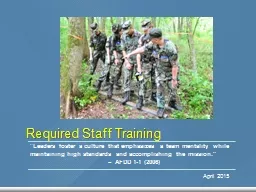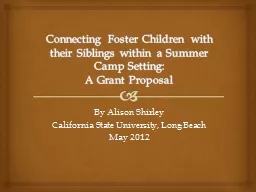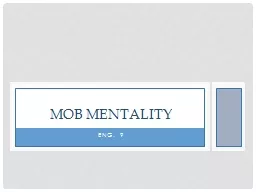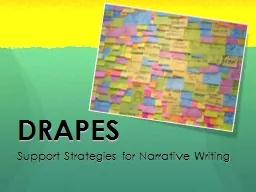PPT-Required Staff Training “Leaders foster a culture that emphasizes a team mentality while
Author : phoebe-click | Published Date : 2018-10-22
AFDD 11 2006 April 2015 Overview In this class we will Discuss the Cadet Protection paradigm Define appropriate intensity levels Analyze the spirit and the letter
Presentation Embed Code
Download Presentation
Download Presentation The PPT/PDF document "Required Staff Training “Leaders foste..." is the property of its rightful owner. Permission is granted to download and print the materials on this website for personal, non-commercial use only, and to display it on your personal computer provided you do not modify the materials and that you retain all copyright notices contained in the materials. By downloading content from our website, you accept the terms of this agreement.
Required Staff Training “Leaders foster a culture that emphasizes a team mentality while: Transcript
Download Rules Of Document
"Required Staff Training “Leaders foster a culture that emphasizes a team mentality while"The content belongs to its owner. You may download and print it for personal use, without modification, and keep all copyright notices. By downloading, you agree to these terms.
Related Documents














